
MikeO
-
Posts
258 -
Joined
-
Last visited
-
Days Won
1
Content Type
Profiles
Forums
Resource Library
Events
Gallery
Blogs
Store
Community Map
Posts posted by MikeO
-
-
A few photos of the T-Trak layout from the North Down Show at the weekend. It was a busy weekend and I did not get a chance to take many photos even of the T-Trak layout. For this year we had input from 4 people including myself which resulted in a very international representation of scenes and trains. Despite my comment to Mayner above I did mange to get some modules from others and will hopefully have a few more from the Show at the end of May in Bangor.
Some of the photos had to be cropped due to the file size permitted by the forum.
The first shows and overview of the layout and one of my colleagues
An Arrows liveried class 2700 DMU at halt in one of the stations.
A contribution from another colleague - a girder bridge based on the type that could have been seen around Scotts wood in Newcastle England
A detail from one of my own modules, early morning milk collection
The next 2 are new modules another river scene and a soccer match
This photo shows some of the international flavour of the trains.
Last photo shows a continuous backscene is used for all modules. This gives a more homogeneous feel which was raised earlier in the thread by David Holman. As can be seen from the overview photo this approach was only sustainable for a small number of modules as a number of others had their own backscenes permanently attached. Also in this photo the module on the right is a one of four modules that contained a total of 8 superblocks built from MERG kits. Thes enabled us to run 4 trains simultaneously on the other track and to have each stop at the station.
MikeO
-
Eoin
Thanks for that. I suspected it may be a lot of work. I think I will stick with my original plan to convert a class 350 to an 8500 series DART. from the photos I have seen so far there will not nearly be as much work although the ends will need reshaping. Your comments on the roof modifications will have to be investigated to see if something similar needs to be done to the class 350.
MikeO
-
 1
1
-
-
The set is fantastic and really shows that N gauge can match any other scale for quality.
You mention that it is a conversion what was the donor and was there much work to be done to make the changes.
-
Thanks to all for your contributions to this thread. I will make up a K20 as the Buffet Car for my Enterprise set. the K24 that I have made can be used for local traffic.
MikeO
-
jhb and Leslie
Thanks for your comments. The K15s seem to have been built in batches from about 1935 according to Coakham. He states on page 51 halfway down the first column that K23s became K15 and L14. In the next sentence he says "Two were made Buffet cars, reusing the K23 mark that was also given to two conversions from K15." The IRRS book shows 2 types of K23 coaches one type is numbered 97 and 127, the same numbers found in the K15 list in the same book. The second type is numbered 170 and 188 which appear in the K23 list. These four are Rail car trailers and seem to have a bar instead of tea facilities. There is no mention of any conversions to K24 Buffet cars. The IRRS book shows the K24 third as being built in the 1940s. The last figure is missing so I cannot be more precise with the year. It is possible that the Buffet Car is a K20 numbered 124 or one of the 2 K16 Buffet Cars. Hopefully Richard will have the answer.
MikeO
-
In a recent thread about roof vents I mentioned that the GNR(I) K24 coach was part of the Enterprise set circa 1948 as reported by Desmond Coakham. He referred to it as "...K24 Buffet....". In the same thread I described it as a side corridor third based on the drawing in the IRRS book Great Northern Railway (Ireland) Part 3b: High Roof Bogie Carriages post 1930.
Does anyone know whether it started out as a third class coach and was converted to a Buffet car or vice-versa.
MikeO
-
Kirley
Thanks for the comments and the photo. I have been looking at photos in the various books that I have but I do not have the experience to identify the coach types in the photos and would not know whether those I saw were the same coaches that I am trying to model.
With the K15 being open, putting the vents along the centre line of the roof makes sense to me. Your photo shows the vent for the lavatory slightly off set from the centre line, again that makes good sense and is something that did not occur to me.
As for the rest of the coaches, C2, D5 and K24 have compartments off a side corridor so the vents can go over each compartment as well as the lavatories which are in line with the compartments. The L14 is a centre open so vents along the centre line of the roof with 1 off set for the lavatory. On the D5 and L14 a vent can also go over the guards compartment. I will not put any over the luggage compartments at this time.
Your coaches look really well. Mine are N gauge and more look a like than accurate miniatures. They are made from card with computer generated sides no glazing or interiors. the only plastic parts are the bogies.
MikeO
-
JHB
Thank for your comments. There are 5 coache types which make up the GNR Enterprise circa 1948. The ventilator details required are for
C2 First side corridor
D5 First and Brake side corridor with a separate luggage and guard compartments
K24 Third side corridor with 1 lavatory and 2 vestibules
L14 Third and brake centre corridor with 1 lavatory and separate guard and luggage compartments
The other coach type is a K15 Third one of which is shown in Desmond Coakham's book with torpedo vents along the centre line of the roof. It is described as an open third circa 1937. I think I am fine if I put the vents along the centre of my K15.
MikeO
-
Does anyone know if there were any guidelines about the placement of ventilators on coach roofs? In various photographs, where coaches have ventilators, these are either along one side of the roof, along both sides of the roof or along the middle of the roof.
Most ventilators seem to be of the torpedo type although some are shell type. Were the latter used only on certain types of coaches?
MikeO
-
Thank you to all for your responses. Putting a brake coach at the end seems sensible to me so for my own trains I will continue the practice and of course mix and match. I can see where a second coach with limited capacity would be put into service to cater for a small number of additional first class passengers.
MikeO
-
Some time ago there was discussion about train formations particularly relating to freight but I do not recall anything on passenger formations in the days of steam.
Were there any protocols as to how trains should be marshalled for both main line and branch line services. On page 51 (bottom of the first column) in Desmond Coakham's book Irish Broad Gauge Carriages, he cites the formation of the Enterprise from Dublin in 1948 as D5 Brake-First, C2 First, K24 buffet, 3 K15s and an L14. The K15s were all thirds and the L14 was a Brake-Third.
In a 7 coach train would 2 brake coaches be normal? In which coach would the Guard be located? I am assuming that there was only one Guard. I had thought that the brake vehicle (coach or wagon) would always be at the rear.
MikeO
-
Thank you for pointing out my error about the page number.
Jhb
I do not know that the colour is red it seems to me to be that colour. The "W" van is a different shade of grey in the photo as is the GNR wagon body; the latter we know is grey. The lettering is a light colour possibly white or yellow but is not as light as the letter "G" on the wagon. To me a red and white sign would make an impact and stand out more than most other colours particularly at a distance. I offer these as my personal thoughts. Others will have different and no less valid views.
-
Just to add a little to the issue of grain wagons, on Page 66 of Desmond Coakhams Book Irish Broad Gauge Carriages, there is a black and white photo of a UTA "W" van which is coupled to a GNR wagon. Only part of the wagon is in view but it has a sign attached to it which seems to be red and white (top half red) with the name Excelsior Feeds in the red part. There is some indistinct wording on the white part, possibly a strap line. The photo is dated 29th April 1961. While the wagon could be a bulk grain wagon, I thought it might be a general purpose covered wagon used for bagged grain, in this case for animal feed. The presence of the sign suggests that the wagon carried grain for Excelsior Feeds on a regular basis.
-
Mayner
Thanks for the link. The photos are excellent, showing how well T-trak can look. While in theory there are a lot of modules in Ireland getting people to bring them to an exhibition is very difficult. There are a few people I have been able to team up with at shows over the last couple of years and together we have managed to put on a very varied layout. Not however as big as some in Australia as shown in your link. We have difficulty getting space so are usually allocated around 5.4m (18ft) to 6.6m(22ft).
Hopefully next year will be different.
MikeO
-
David
The concept of T -Trak started in Japan for running N gauge trams using Kato track work. It was picked up in the US and Australia for running N gauge trains. The Australian version has been adopted in Ireland.
While the modules can be themed and grouped together to form a homogeneous scene, they are primarily intended to expressions of different peoples skills and ideas and to be part of a larger whole. As such they are not to be part of any flow, consequently with the possible exception of some specialised modules, few are likely to appear next to each other when they are included in a layout. The fact that a module can be anything you want is one of the major attractions of the system, allowing many people to contribute to a layout and in theory for the layout to be any size you want.
Having a flowing scenic background, unless a plain sky was used, I think would be difficult, particularly, where the modules are moved around each time they are included in a layout. In respect of my own modules I tried to provide a background scene that would be in harmony with the module. I thought that this approach would be best suited to the varied nature of the scenes portrayed in my modules.
Most of my background scenes have been put together using my own phographs but some are just generic off the shelf scenes that have been modified to tie in with the module. These latter and some of my photographic scenes will be replaced with more appropriate ones.
MikeO
-
Hi Peter
I posted a reply to your query about repainting locos to look Irish before seeing this thread. The new GF and Dapol locos are now DCC ready such as the Southern N Class which can become a K1 class without much work. The new class 20 diesel is also DCC ready and can become a class 121 with a lot of work. These just require a chip to be inserted after the blanking chip is removed other wise they both run as DC models.
MikeO
-
Hi Peter
If you mean just repainting there are none. Most need some degree of conversion to look right. The only one that I painted without making any conversion was GF Class 158 which I painted as a class 2700 DMU in Commuter Livery. This did however require painting out the existing doors and some windows. The doors then had to be repainted in a different position. Driver301 in his Connolly Station thread said he did something similar but he also lowered the gangway door. I chose not to. Have a look at my thread on T-Trak http://irishrailwaymodeller.com/showthread.php/4661-N-Gauge-T-Trak
Some of the modification are very simple such as adding an extra steam pipe to one side of the boiler and hand rails to the cab An LMS Class 2p 4-4-0 became an NCC U2 class.It was repainted and both the letters NCC and number were added. This year I bought a GF Southern N Class in Green which just need a small modification to the tender and the number and flying snail added to become a K1 Class. The GF Royal Scot rebuilt as mentioned by GSR 800 is another one this does not need much work mostly a long sand box on one side only and an extra boiler pipe again on one side only. Numbers and logo added as usual. In nearly all the steam loco conversions I have also had to add hand rails on the cabs and hand wheels on the smoke box doors.
A lot depends on how much you are willing or able to do to get the look right or put another way what can you live without on your locos. All the conversions that I have undertaken look reasonably right but none are fully correct. I have made compromises in what work I did to them and what things I left out.
Apart from those mentioned above some of the others I modified are
Class 20 to a class 121 - a lot of work
Class 4Mt to an LMS NCC Class WT
Union Mills Class T9 to GNR S Class
Union Mills LMS 2P to a GSR D2 class ( the same 2p type loco became athe NCC U2 class mentioned above)
Union Mills class J25 to GSR class J8
If you can be more specific in what you propose to run I will try to give you steer.
MikeO
-
I have been meaning to post some photos of modules and projects I completed over the last 12 months.
The 3 modules are
1 Fair Day just as people are beginning to gather for the start of the fair.
2 is a close up of the cattle
3 A typical rural station. Some of the buildings are based on Glenfarne
4 This depicts a small rural post office, the stone building on the right. It is modelled after one near Castleblaney.
The next set of photos show some of the Locos, coaches and wagons completed.
1 Two class 2700 DMUs one in Arrows Livery using Electrographic vynl sides and one in Commuter livery- hand painted. The latter was done first.
2 A class 2700 in Arrows livery and a class 121 with Arrows liveried coaches. The coaches have Electrographic vynl sides.
3 A pallet van
4 Irish Cement wagon and Lyons tea wagon.
There are a few more wagons and coaches but I do not have any photos to hand. I will post these later.
MikeO
-
Horsetan
The modular system allows for a great variety of scenery in a small space ( 3.6m or 12ft in length)and can be arranged differently to change to look of the layout so that it is not exactly the same each time it is exhibited.
MikeO
-
Jason
Thanks for the photos that is exactly what I am looking for. Now I can proceed with confidence.
MikeO
-
Kirley
It has its compensations as many small details can be omitted unless they are essential for getting the right look.
MikeO
-
Jason Brady and DiveController
Thanks for your comments. Perhaps I should have said that this will be an N Gauge model so items as small as the 7 grills are unlikely to be replicated.
Jason
I have seen some photos of roof details of a Murphy 181 but if you have such a model I would appreciate a photo looking directly down on loco.
MikeO
-
I have recently bought an SNCF G 2000 BB locomotive. It is made by Hobbytrain and is similar to a class 141/181 family as it has a narrow engine body and a cab at each end as well as guard rails running a long each side of the engine.
I wish to make this into a class 181 look-a-like. I have looked on the forum and the wider internet for photos of the roof of a class 181 but have not found any that I feel positively shows all of the detail of the 181 roof. By roof detail I mean the tops of the cabs as well as the engine.
Can anyone point me to photos or explain how the detail differs from the class 121 and the class 141. Some photos seem to suggest that the may be rectangular grills on the engine roof similar to the class 121 other photos suggest there are none.
Any help would be appreciated.
MikeO
-
A few photos of the T-Trak layout at Cultra this weekend. I did not get to take decent photos of some of the other layouts. I have therefore put the T-trak photos in the T-Trak thread instead of the Cultra Thread
The first thre show an overview of the layout.
The next set feature some of the rolling stock than ran on the day.
Class 800
Class 121
S Class
U2 Class
Ranks wagons my versions. Also included is a fordson tractor on an open wagon.
A number of new modules were included in the layout. The modules depicted the start of a fair day in a local village, a rural style station and a village with shops, hotel and castle.
MikeO
.png.c363cdf5c3fb7955cd92a55eb6dbbae0.png)

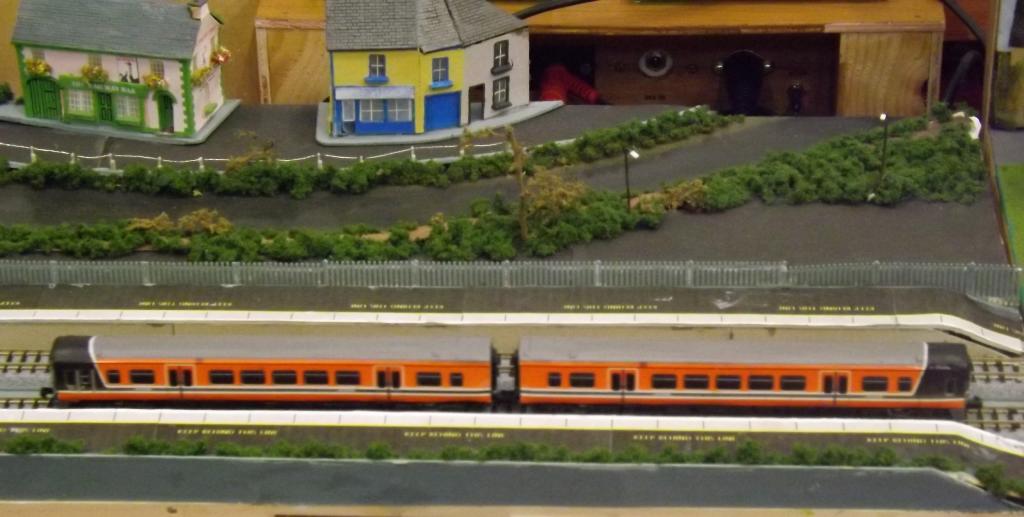
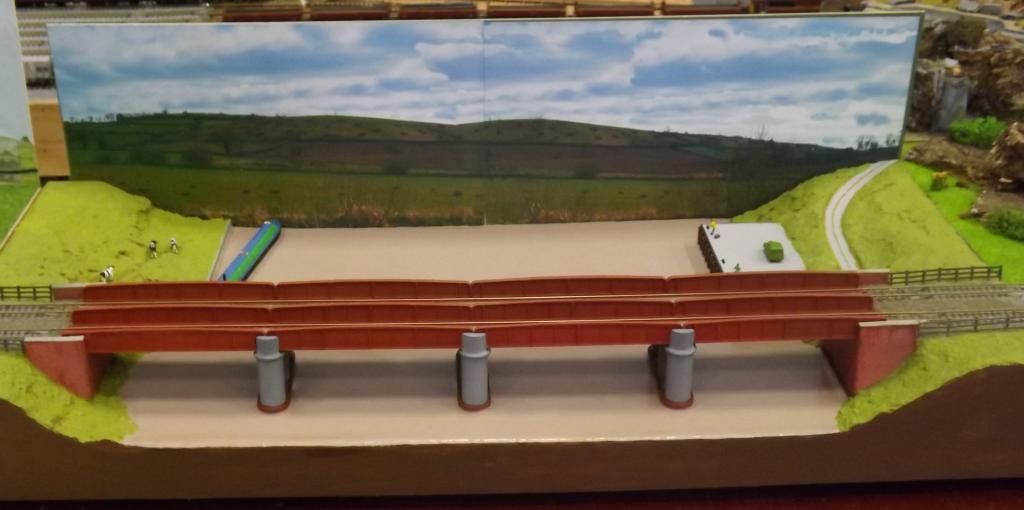

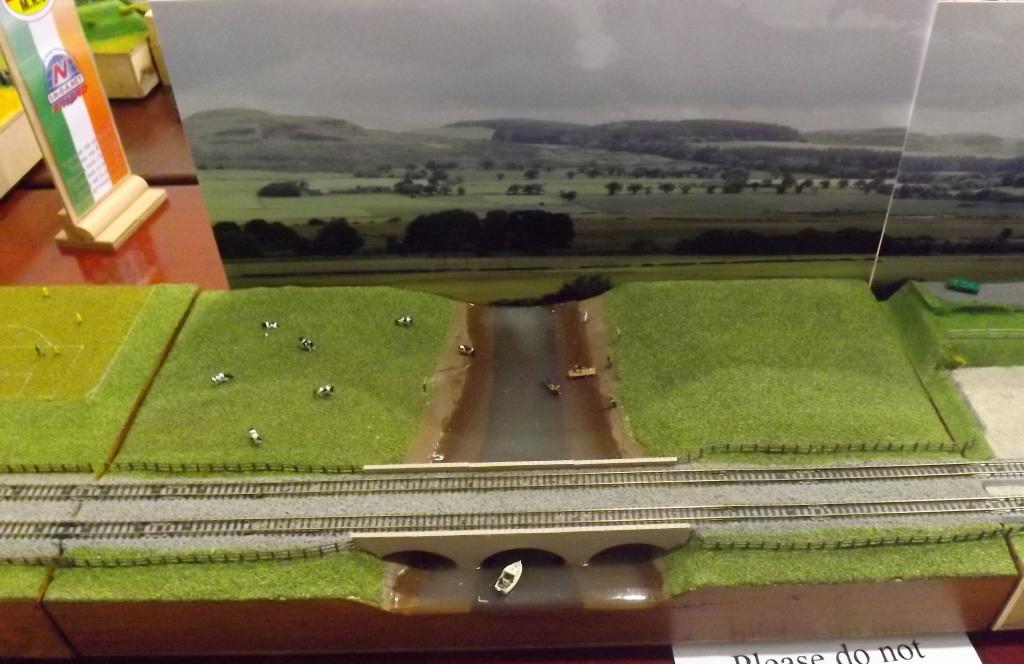
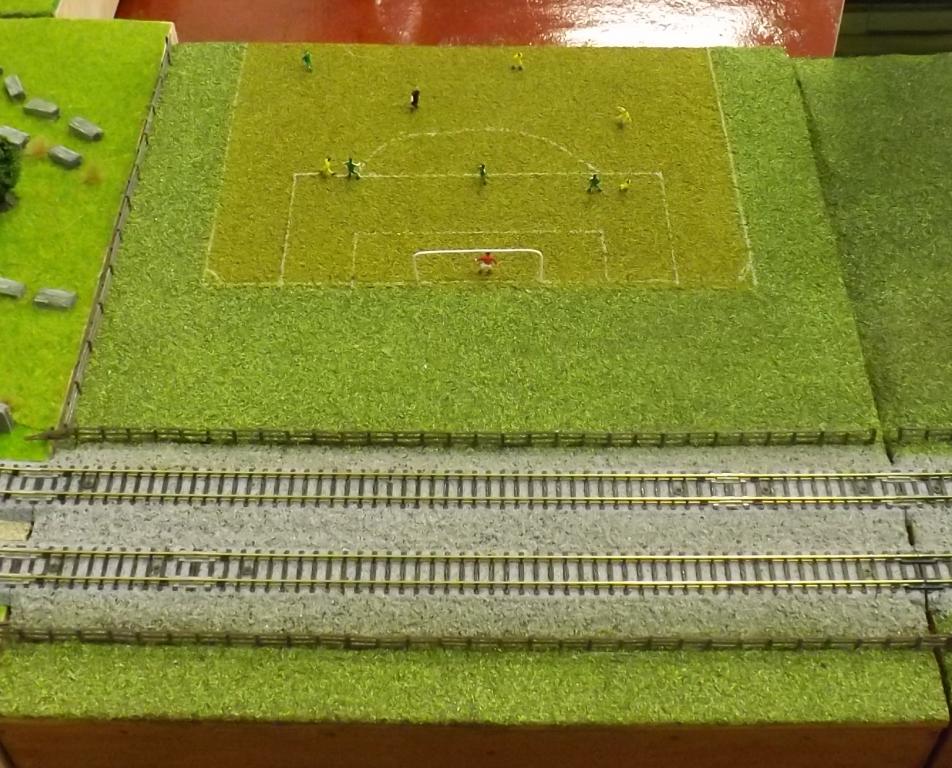


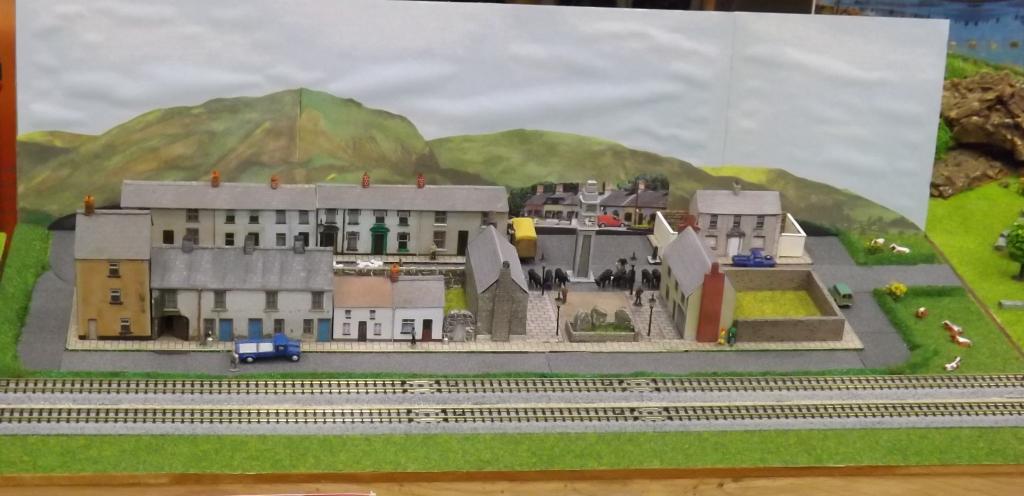

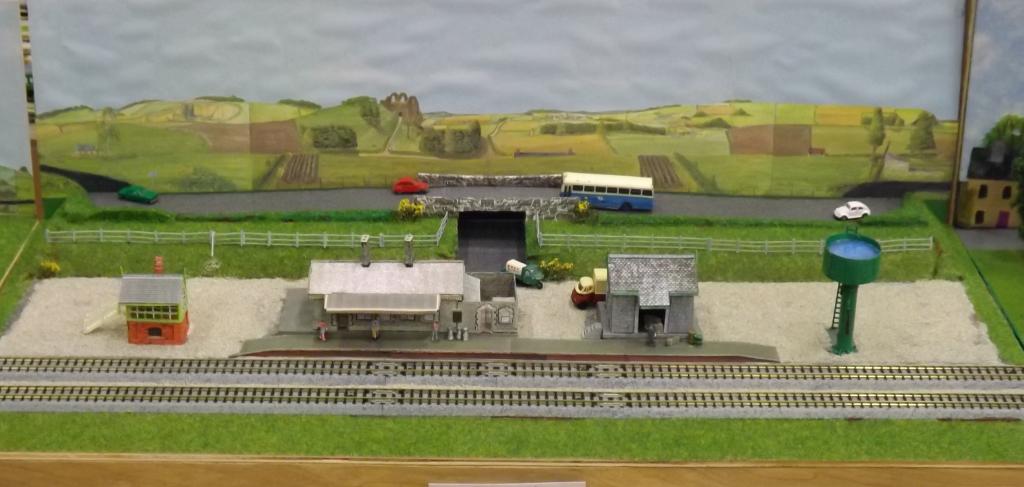
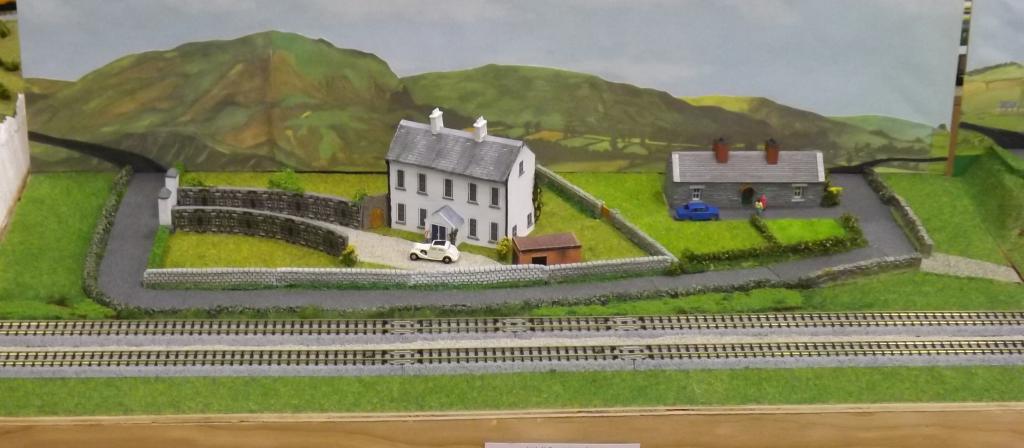
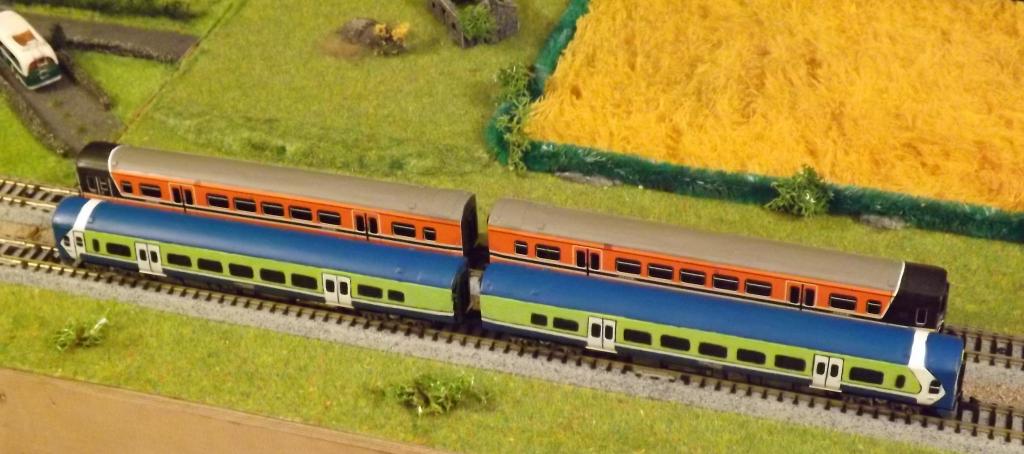



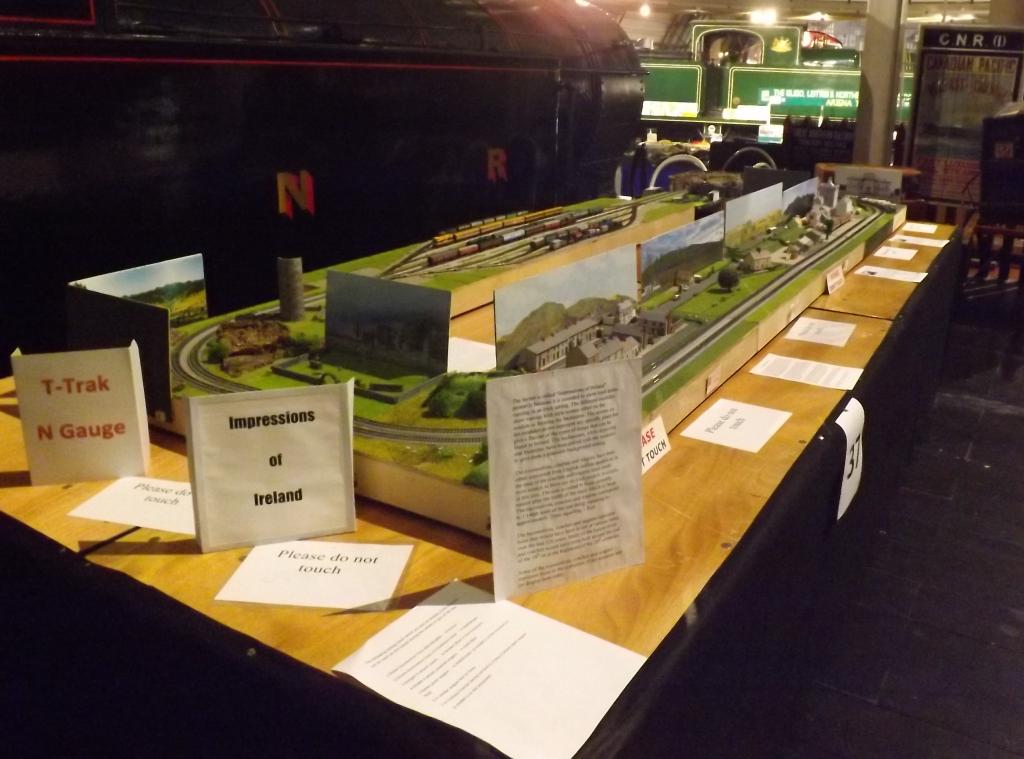
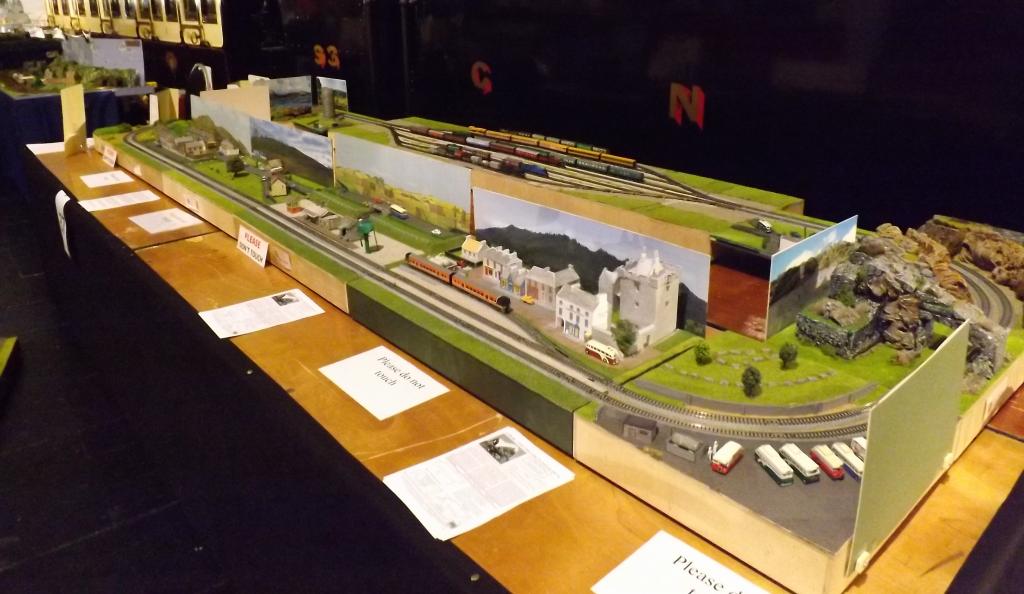


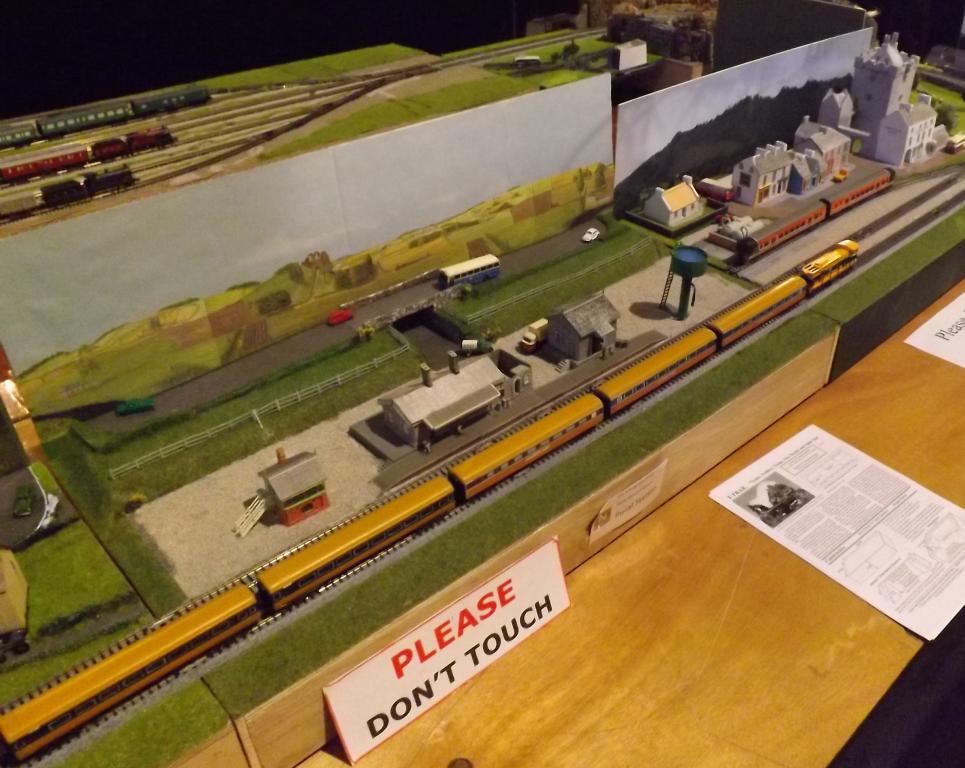
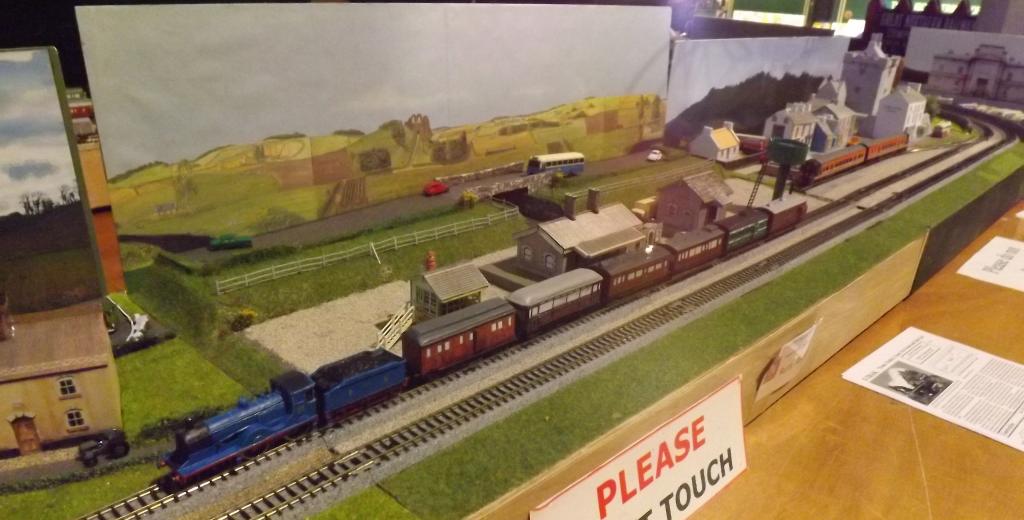
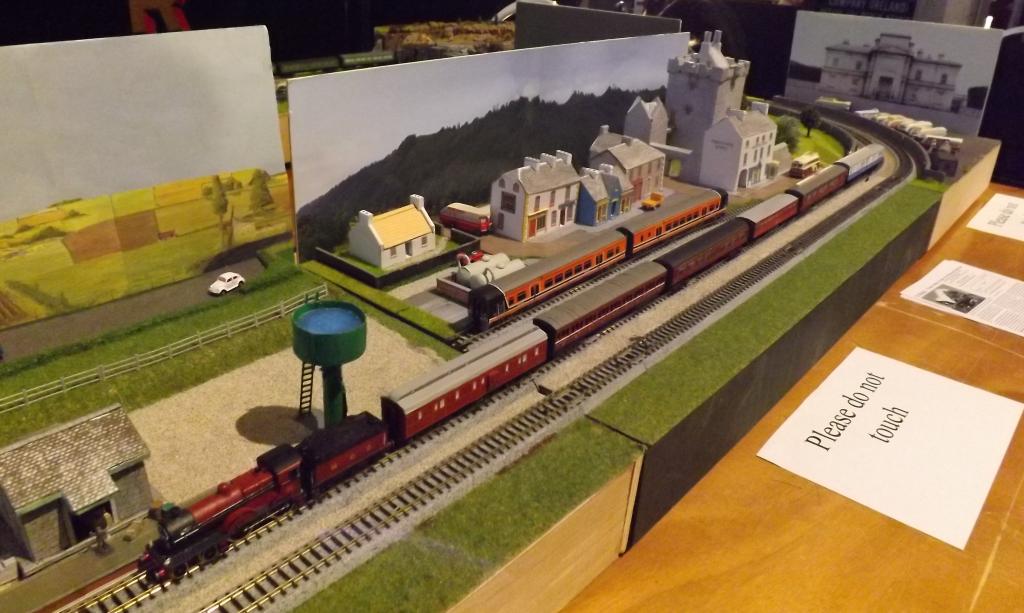
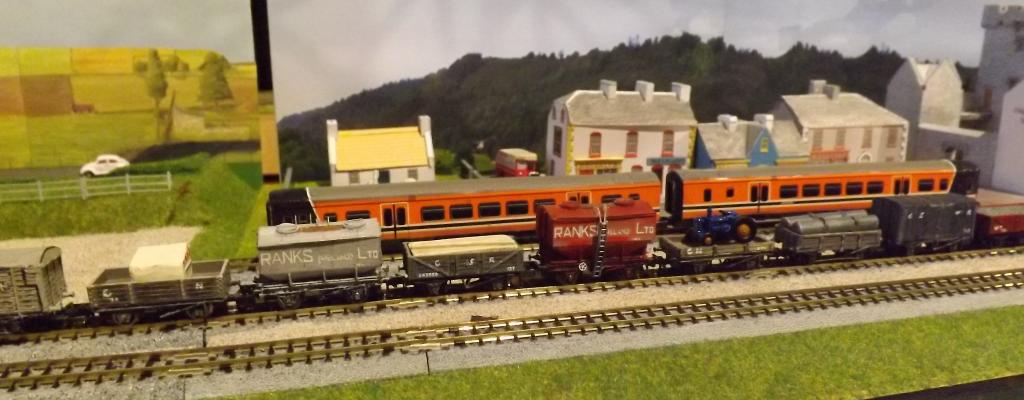
electra graphics arrived for n gauge
in Irish Models
Posted
Hi Peter
The Electrographic sides will look well. Some are easier to apply than others. You may already know that as well as taking the old paint off any raised parts such as hinges and door handles are filed smooth.
MikeO